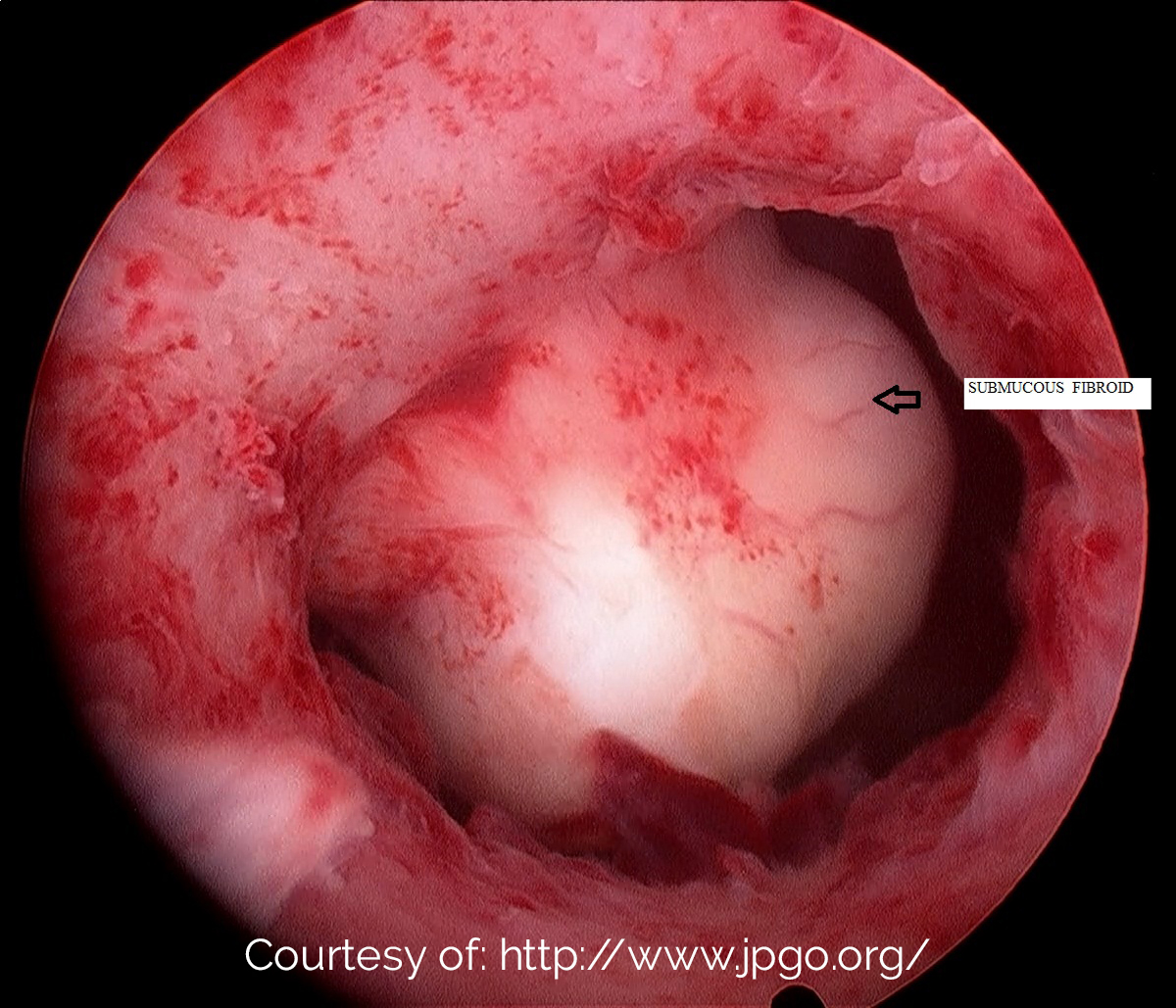Hysteroscopy: Minimally Invasive Surgery for Abnormal Uterine Bleeding
Abnormal uterine bleeding can negatively impact your life in many ways. While there can be several different underlying causes, women who suffer from abnormal bleeding due to uterine abnormalities, such as submucosal fibroids or polyps, can often be treated with a minimally invasive hysteroscopy. The doctors at Northwestern Women’s Health Associates in Chicago, Illinois, can help you determine whether you are a good candidate for this treatment option.

What is a hysteroscopy?
A hysteroscopy is a minimally invasive procedure that can be used to both diagnose and treat abnormal bleeding. Using a tool called a hysteroscope, which is a thin tube with a light that is inserted into the uterus through the vagina, the doctor can closely examine the cervix and inside the uterus to evaluate the cause of bleeding. During the procedure, small instruments inserted through the hysteroscope can also be used to remove abnormalities such as polyps or fibroids. For many women, this option can provide relief from abnormal bleeding and eliminate the need for more invasive abdominal or laparoscopic surgery. Compared with other procedures, hysteroscopies offer the following advantages:
- It is typically a short outpatient procedure
- Patients have a quicker recovery
- Reduced need for pain medication after treatment
- In many cases, the ability to avoid open abdominal surgery
- Reduced chance of infection
What to expect
While diagnostic hysteroscopies can be performed with local anesthesia, a surgical hysteroscopy to treat uterine abnormalities is typically performed using sedation and local for your comfort. During the procedure, the gynecologist will use a saline solution to expand the uterus, enabling better visualization of the uterine cavity. Then, the hysteroscope will be inserted, and instruments will be used to remove the problematic fibroids or polyps. After your treatment is complete, you should be able to go home the same day, and recovery is typically quick because there are no surgical wounds in the abdomen. Post-operative pain is usually minimal and can be managed with over-the-counter medications.
Am I a good candidate?
An office evaluation with a sonohysterogram is usually performed to see if fibroids or polyps are present in the endometrial cavity. This eliminates the need for a separate diagnostic hysteroscopy. After this test our doctors will be able to tell you if a hysteroscopy will fix your problem. While a hysteroscopy can be a good option for many patients with smaller fibroids or polyps, larger fibroids or other underlying causes of bleeding may require other surgical treatment options. Dr. Friedell is certified to remove larger submucosal fibroids as big as 3 to 5 cm with the hysteroscope. Our doctors will perform a thorough evaluation and explain the options that are best for your specific needs so you can make an informed decision.
To schedule your consultation at Northwestern Women’s Health Associates, call our Chicago, IL office at 312-440-9400 or book your appointment online.



